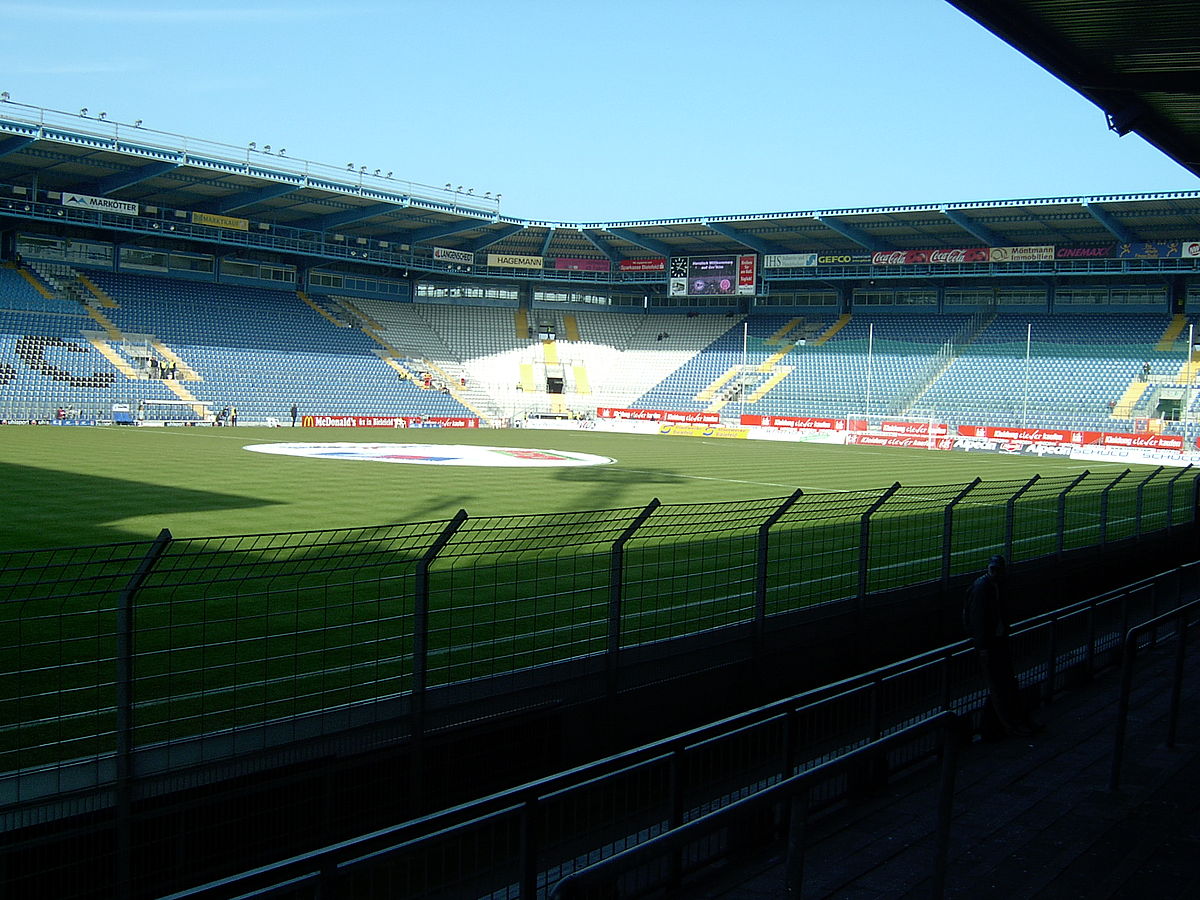2. Bundesliga: Germany’s second tier is the one to watch
The Deutsche Fußball Liga (DFL) confirmed last Thursday (23/04/20) that it is ready to sanction the resumption of German professional football as soon as May 9. The announcement has set the wheels in motion for the Bundesliga and 2. Bundesliga to return imminently, allowing teams to prepare for the final stretch of the season.
The DFL’s announcement wasn’t received warmly in Germany, with many supporters arguing that football shouldn’t return until supporters are allowed to return to stadiums. Under the DFL’s plans, only 322 match and club officials will be permitted to enter stadiums on matchdays, a far cry from the fan culture associated with German football.
Internationally, the return of German football has bene welcomed with open arms, with football fans around the world gearing-up for the Bundesliga’s resumption. There is, however, so much to play for in the 2. Bundesliga, the German second division, with nine rounds of the season remaining.
The team that finishes third is entered into the promotion playoff
The second tier of German football is contested by eighteen teams across a 34-match season. The top two clubs are promoted to the Bundesliga automatically, while the sides finishing seventeenth and eighteenth are relegated to 3. Liga. Meanwhile, the team that finishes third is entered into the promotion playoff, while the club that finishes sixteenth enters the relegation playoff.
Armina Bielefeld lead the way at the top of the standings on 51 points, six clear of second-placed Stuttgart. Although Bielefeld look almost certain to end the season as champions, Stuttgart, Hamburg and FC Heidenheim are each firmly in contention of securing the final automatic promotion place, or a berth in the promotion/relegation playoff.
While just four points separated Stuttgart, Hamburg and Heidenheim in the race for promotion, the remaining clubs – ranked fifth through eighteenth – are divided by just eleven points. Fifth-placed Greuther Furth sit on 36 points, while the bottom three – Wehen Wiesbaden, Karlsruher, and Dynamo Dresden – have accrued 25 and 24 points, respectively.
The fight to stay in the 2. Bundesliga is the most exciting relegation battle outside the Premier League
It isn’t entirely inconceivable that all of the clubs currently languishing in the relegation places could yet finish in the relative comfort of midtable mediocrity. The fight to stay in the 2. Bundesliga is the most exciting relegation battle outside of the Premier League.
If German football does indeed return on May 9, second division fixtures would resume the next day, with FC Heidenheim hosting Hamburg in a must-win game at the top of the table. Karlsruher host Armina Bielefeld on the re-opening day of the season, with both sides in urgent need of points while fighting at opposite ends of the standings. Bottom-club, Dynamo Dresden restart the season with a trip to midtable Sandhausen, a genuinely winnable fixture for both sides.
The 2. Bundesliga is not renowned for star players; it is a division that generally operates within its means, but that is what will make the shake-down to the season’s finale so intense. Teams across the 2. Bundesliga are capable of beating anyone they face, as evidenced by the league-leaders’ 3-0 defeat against midtable St Pauli in late December.
Hamburg held the distinction of being the only team that had played in the Bundesliga continuously since the club’s foundation
The competition is also steeped in rich footballing heritage. Stuttgart, Hamburg, Hannover and Nuremburg have each played in the top flight in recent years. Until their relegation in 2018, Hamburg held the distinction of being the only team that had played in the Bundesliga continuously since the club’s foundation at the end of World War I.
Hamburg’s cross-city rivals, St Pauli, is Germany’s most activist club. St Pauli’s commitment to progressive political causes has earned them support the world over. Jahn Regensburg, after spending much of its history flirting between the third and fourth divisions, have – in recent years – risen to become one of the stronger teams in the second tier, moving to the purpose-built, 15,224-seat Continental Arena in 2015.
The Bundesliga’s return will undoubtedly attract attention from football supporters around the world, especially while the Premier League, La Liga and Serie A remain on hold. The star-power of the likes of Robert Lewandowski, Jadon Sancho and Leon Bailey will pull eyes to the German top flight, but don’t discount the 2. Bundesliga.
With so much to play for at both ends of the table, the 2. Bundesliga will become the port of call for football fans who enjoy the sport below the very highest level. It’s time to dust-off your German, as football is back, and the 2. Bundesliga is the place to be.

Comments